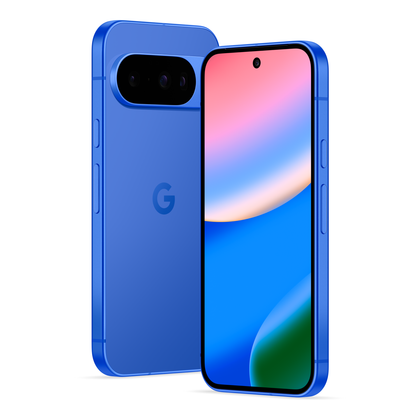Google is constantly launching so many new features for its devices that it can be hard to keep up with.
Between the annual updates to the Android operating system and the quarterly updates to its smartphone lineup — like the Google Pixel 10 — via the Pixel Feature Drop, some genuinely cool features can slip through the cracks for users who aren’t paying attention.
Custom calling cards absolutely fall into that category, having somewhat quietly launched a few months ago with minimal fanfare.
Fortunately, your trusted sources at Android Police aren’t going to let you miss out on this simple yet enjoyable feature.
We’re going to provide you with an in-depth explanation of what they are and how to create them on your device, so you can take advantage of the feature yourself.
What are custom calling cards?
They’re relatively new and a lot of fun
A custom calling card is a feature within the Google Phone and Contact apps on the Android operating system.
Essentially, they allow users to customize the display of a specific contact when they call your device.
The feature allows you to customize the entire display, too, including the picture shown when they call, the font used to display their name, and even the color of the font.
So, for example, I could make it so every time my wife calls me, a picture of Darth Vader pops up with dark red, ominous lettering, combined with the Emperor’s March as her ringtone. Classic bit.
Customizable calling cards were announced by Google at the end of August 2025, although many users had spotted them in mid-August within the beta versions of the Phone and Contacts apps.
Currently, only Pixel users have access to the feature, but all Android devices should have access to custom calling cards eventually, as the company is rolling it out in phases.
How to create custom calling cards
Don’t worry, it’s pretty easy
Getting set up with custom calling cards is quite easy, especially since Android is now actively pushing it to users whenever they open a contact card within the Android interface.
For starters, navigate to the contact card to which you want to add a custom calling card. You can do this in a few different ways, including clicking the contact picture in your Phone app or finding the specific contact within the Contacts app.
After that, you’ll access the custom calling card interface, which can also be accessed a few ways.
The standard and most consistent way to do so is to click the Edit button in the upper-right corner (looks like a little pencil) to be taken to the edit contact form. If you have the custom calling card feature, the option to edit it will appear directly next to the option to edit the contact’s picture.
Additionally, at least for now, Google is making a big push to get users to customize their calling cards, so when you open any contact, you’re prompted to change the calling card.
Who knows how long that will last, though, so definitely take note of the standard method rather than hoping this prompt will stick around.
After you’re in the custom calling card interface, setting it up is quite easy.
First, it will ask you to choose a picture that you want to act as the custom calling card. You can find a picture from your Gallery app or the Google Photos app. You can also take a picture directly within the custom calling card interface.
After that, you have the option to change the font style and font color of the person’s name when they call. There are nine fonts and 20 colors to choose from, but you can change the width, weight, and roundness of the font with slider bars.
The fun of new features
Custom calling cards are a good time, and that’s it
In the age of AI, where every new feature is designed to “improve productivity” or “streamline operations,” custom calling cards are a refreshingly enjoyable feature that are fun, and nothing else.
They provide no deep functionality for users to make taking calls easier. They’re simply designed to let you customize your calling experience with your friends and family for kicks. That’s all.
Even better, Google is hoping to take it to the next level by allowing users to customize their own calling cards on other users’ devices. This will turn the modern phone call into an almost social media-esque experience, allowing users to provide a bit of identity to their calls.
However, the feature is currently available only for Pixel users, so the social pool is admittedly a bit shallow right now.
Credit: Google
Google Pixel 10
- SoC
-
Google Tensor G5
- RAM
-
12GB
- Storage
-
128GB / 256GB
- Battery
-
4970mAh
This striking-looking addition to the Pixel line offers a slew of Gemini features, an 5x telephoto lens, and seven years of updates, making this a smartphone that will last you a while.



